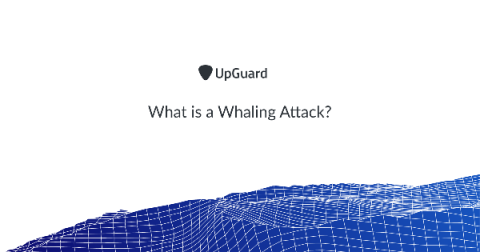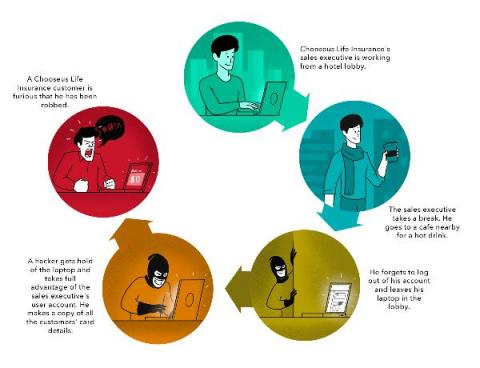Red Teaming for Blue Teamers: A Practical Approach Using Open Source Tools
For the majority of people in the information security world, the act of offensive hacking is something they are tasked with protecting against but have little ability to do themselves. That is like asking a professional boxer to enter the ring without knowing how to throw a punch. Sure, you may be able to get in and last a few rounds, but eventually, a formidable opponent will wear you down and knock you out.








